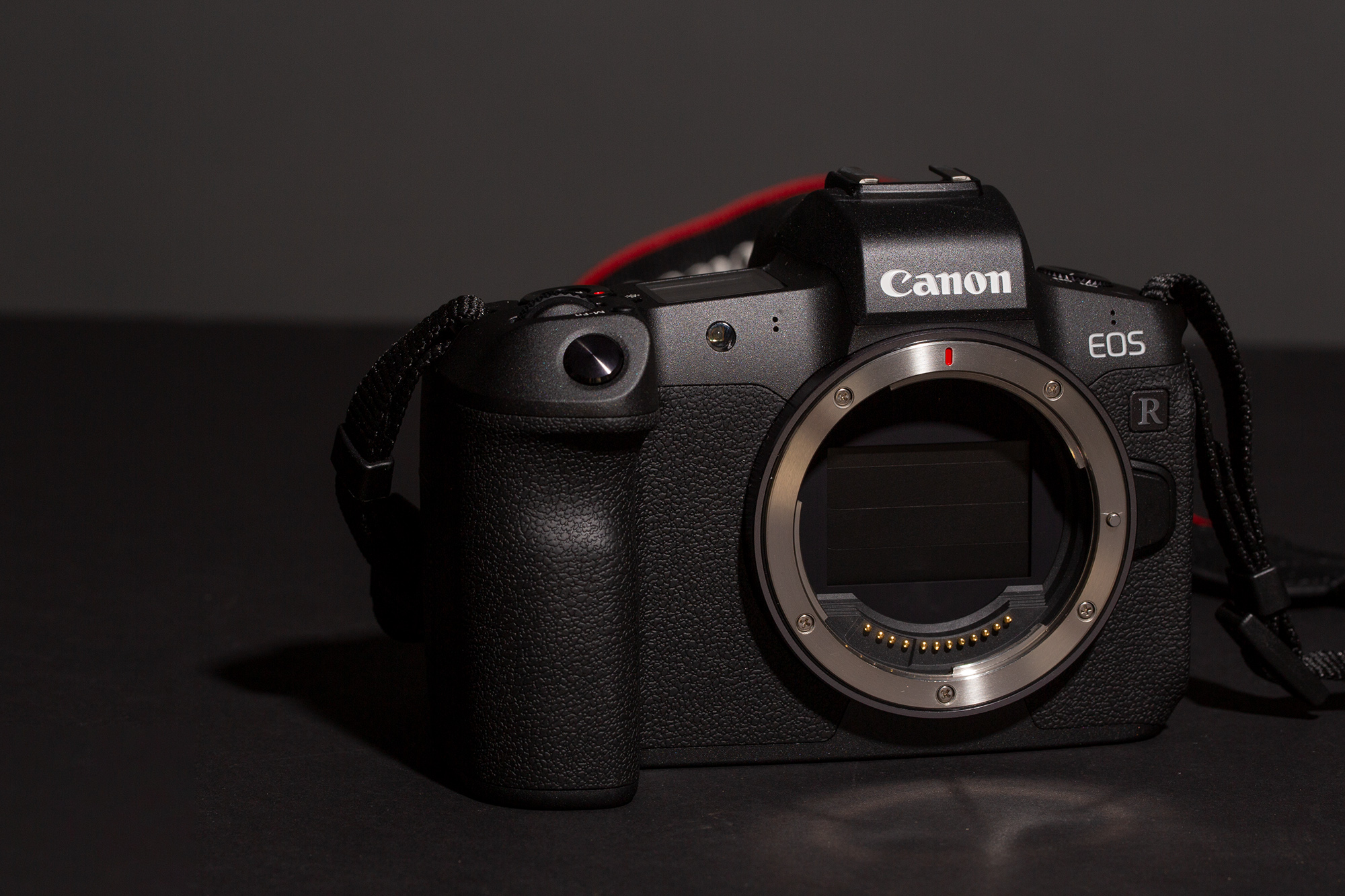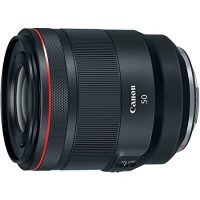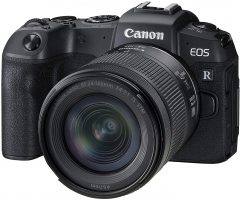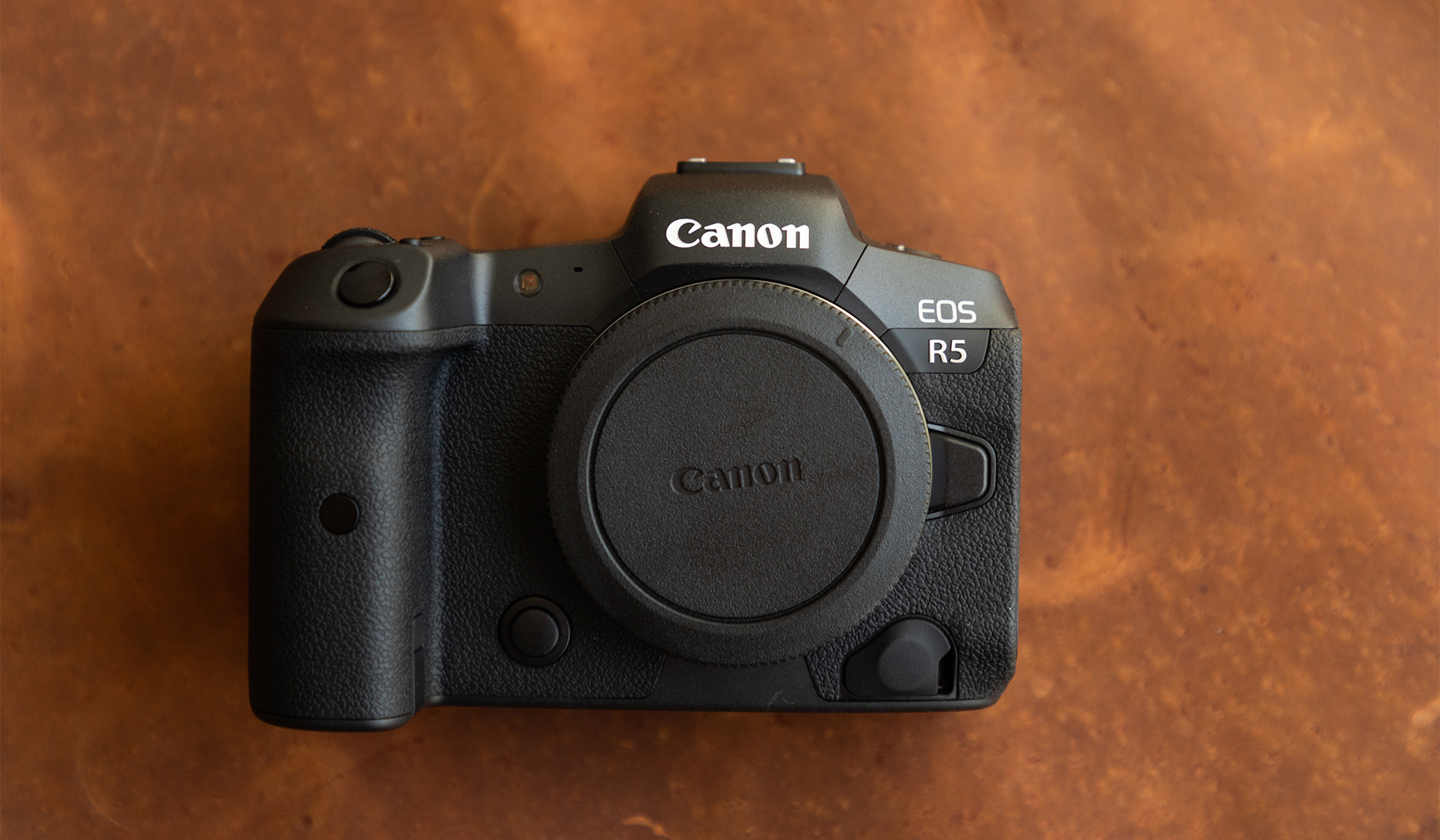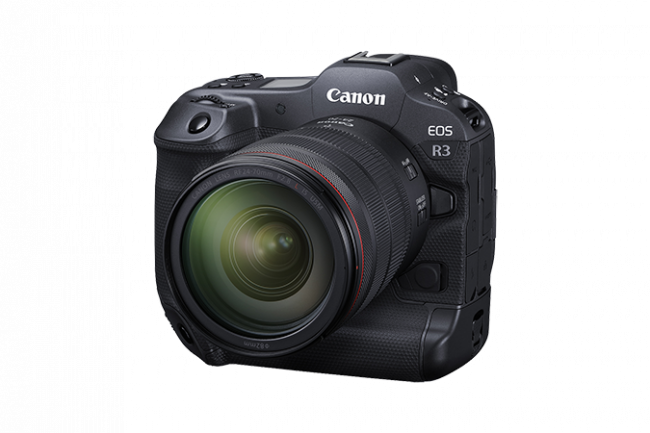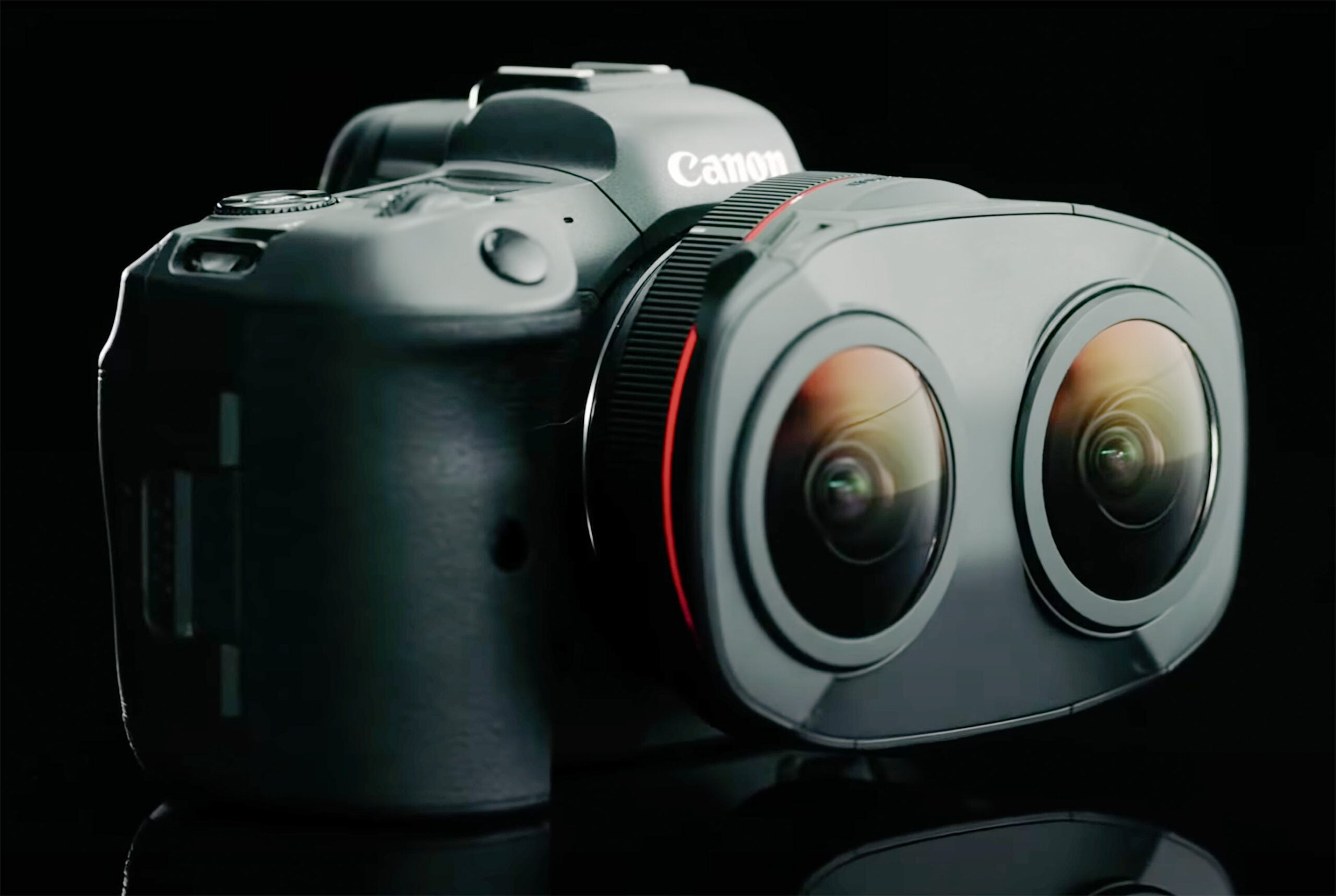Equipment
A Look at the Progression of the Canon Mirrorless Platform
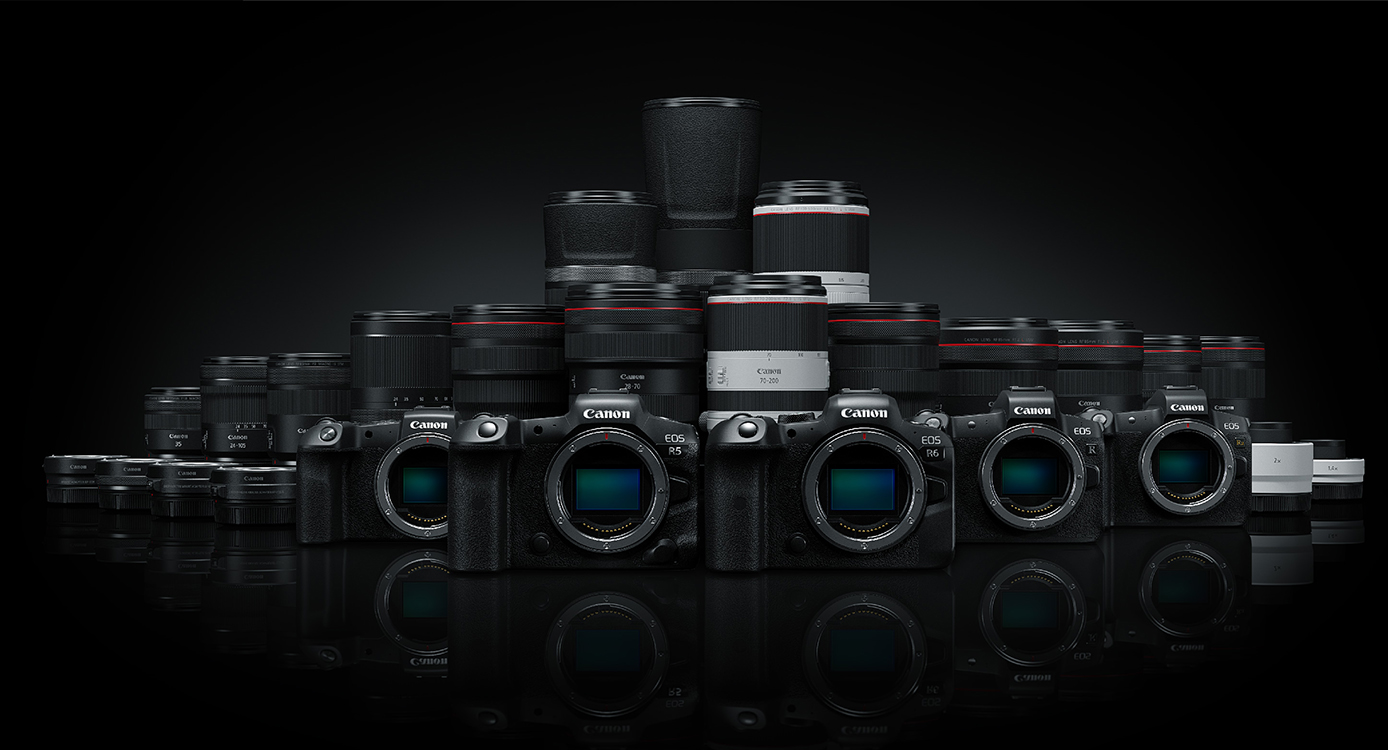
The month of October marks the 3rd anniversary of the Canon EOS R line of cameras and lenses – a product lineup that they’ve poured a significant amount of attention and resources into in these three years. The initial announcement of Canon’s focus on their mirrorless platform was met with a lot of criticism, as the EF lens mount has become a staple in both the photography and videography worlds. But since that skepticism, Canon has done a lot of great things to propel their RF lens mount forward. So let’s take a moment to look at the Canon RF lineup over these last three years and see where pieces are missing and where they’ve excelled.
What is the Canon R Systems?
To give a brief introduction of the EOS R platform as a whole – they’re Canon’s big push into the mirrorless category of cameras. After watching Sony and Fujifilm dominate the mirrorless category for years, Canon finally made the transition from their DSLR market to professional mirrorless cameras. By removing the mirror box and replacing it with a digital viewfinder, mirrorless cameras can do quite a bit more than a traditional DSLR can, and in a much smaller footprint.
Canon debuted this new series with the Canon EOS R and a lineup of lenses discussed below. But the most notable choice Canon made was replacing the EF mount with a new mount – the RF mount. This means the 100+ lenses developed for their DSLR and video market would not be compatible – unless used with a lens adapter. If there was ever an industry standard in photography and videography lens mounts, the EF mount would be it, which made the new change such a surprise for many. Still, Canon promised that the new lens mount would push them ever forward in the world of optics technology and that the change was necessary. So, let’s get into each release cycle.
2018
Canon EOS R
In late October of 2018, the Canon EOS R debuted with four available lenses, and three EF/EF-S adapters available at launch. The camera was immediately met with some skepticism, most notably for the change to a new lens mount after Canon had dominated the entire industry with their EF mount for decades. Still, the camera was a great introduction into the mirrorless market (as the Canon EF-M platform wasn’t getting much positive reception), and people were generally excited for the future that Canon was building with their platform. This full-frame 30mp mirrorless system was regarded by many as the Canon 5D Mark IV, in mirrorless form – with a few upgrades to the focus system and processor.
Canon RF 35mm F/1.8 Macro IS STM
Launched with the Canon EOS R were four lenses, and undoubtedly, the least exciting for the four is the Canon RF 35mm f/1.8 Macro. The one lens of the four without the L “luxury’ moniker; it felt like a placeholder for something better to come in the future.
Canon RF 50mm f/1.2 L USM
Next on the list of launch products was the Canon RF 50mm f/1.2L, which is a much-needed update to the classic Canon EF 50mm f/1.2L. Bigger and better than the Canon EF 50mm in every way, the only downside to this lens is the $2,300 dollar price tag.
Canon RF 24–105mm f/4L IS USM
The most obvious launch lens with the Canon EOS R came in the form of the Canon RF 24-105mm f/4L IS. A very common focal length for event photographers and videographers alike, the Canon RF 24-105mm is a standard in the photo/video world.
Canon RF 28-70mm f/2L USM
Rounding out the four launch lenses was the Canon RF 28-70mm f/2L – a modern take on an industry classic. This behemoth lens was met with a lot of praise and excitement regarding what Canon can do with the updated lens mount, giving it a full stop over the standard 24-70mm lenses at f/2.8.
2019
In February 2019, Canon doubled down on their investment in the RF lens mount and launched the Canon EOS RP – a feature-heavy entry-level full-frame camera – along with the announcement of six additional lenses that would be released throughout the calendar year of 2019.
Canon EOS RP
The Canon EOS RP was, and is impressive and holds the record for being the most affordable full-frame camera at launch. Sharing the same processor as the Canon EOS R, the Canon RP slimmed down on a few of the specs found on the Canon R to make it a bit more affordable, and a great entry system into the mirrorless full-frame platform Canon is developing, or as a backup camera system to your other R platform camera.
The Lens Class of 2019
I’ll save you all the time talking about each lens individually, as we’d be here all day if I did, but announced with the Canon EOS RP, with the addition of six different RF lenses to be released throughout 2019. Those lenses include the Canon RF 85mm f/1.2L, Canon RF 85mm f/1.2L DS, Canon RF 24-70mm f/2.8L IS, Canon RF 15-35mm f/2.8L IS, Canon RF 70-200mm f/2.8L IS, and the Canon RF 24-240mm f/4-6.3 IS. Of these releases, my favorites were the two iterations of the Canon RF 85mm f/1.2L, with one adding technology called “defocus smoothing”, intended on improving bokeh on an already razor-thin depth of field lens. While my experiences with the lens were pretty minimal in execution, I still really appreciate Canon leaning in on obscure lens designs and technology.
Additionally, 2019 brought us two of the most common zoom lenses in photography history, with the Canon RF 24-70mm f/2.8L IS and the Canon 70-200mm f/2.8L IS. Both with improved image quality, these two lenses will be found in most any Canon shooter’s camera bag at some point or another. Most notably, however, is the size of the Canon RF 70-200mm f/2.8L IS – slimming down on length considerably from its EF counterpart. Overall, 2019 was a great year that doubled down on the Canon RF platform, adding some of the much-needed staples to their lens lineup.
2020
By 2020, Canon had established that their focus was on the RF lens mount, that their future development is focused on their mirrorless platform, and are moving away from the DSLR platform. This came as a surprise to many, but a lot of those uneasy feelings were hushed later in 2020 when Canon released the incredible Canon EOS R5 and Canon R6 camera systems.
Canon EOS R5
By July of 2020, Canon had set the stage with the announcement of the Canon R5, Canon’s most ambitious camera to date. Packing 44.8 megapixels and the ability to shoot 8K raw video up to 30fps, the Canon R5 has great appeal for photographers and videographers alike. While it had its own set of controversy with its overheating issues – specifically when shooting in 8K, the Canon R5 was still nothing short of incredible – giving all of these features in a very small camera body. Additionally, Canon righted their wrong on the Canon EOS R and had finally moved to have 5-axis in-body image stabilization to their system – a feature that had become a standard on the Sony and Fuji mirrorless platforms.
Canon EOS R6
If the $3,900 price tag on the Canon EOS R5 was a bit out of your budget, Canon also developed a system for you in the mid-2020 release cycle – the Canon EOS R6. Serving as a little sibling to the Canon R5, much like the Canon RP did before it, the Canon R6 offers a full-frame 20.1mp sensor, incredibly fast image processor with the DIGIC X system, and in-body stabilization. Additionally, it allows for 4K video up to 60fps, dual-slot memory cards, and the same incredible autofocus system on the Canon R5, and all in a package for $2,500.
Lenses of 2020
In addition to building out their flagship cameras with more options, Canon also continued its trend of developing lenses incredibly quickly for the RF lens platform in 2020 – released 7 new lenses for the year. Those lenses, the Canon RF 24-105mm f/4-7.1 IS, Canon 100-500mm f/4.5-7.1L IS, Canon RF 600mm f/11 IS, Canon RF 800mm f/11 IS, Canon RF 85 f/2 Macro IS, Canon RF 50mm f/1.8, and Canon RF 70-200mm f/4L IS didn’t turn a lot of heads, with their focus being on offering some more budget-friendly options for photographers, but neglecting a lot of the professional users with only two ‘L-series’ lenses shipped out for the calendar year. Still, that didn’t stop our own optic expert Roger Cicala from naming the Canon RF 800mm f/11 IS one of his favorite lenses for the year 2020.
2021
That brings us to our current year, 2021. 2021 has proven to be a pretty strong year for Canon, as they continue to release more lenses for their RF platform, quickly covering the grounds of the EF lens mount that has been in production for decades. As of writing this post, there have been no camera bodies for Canon for 2021, but Canon has promised us the Canon R3 by the end of the year, so we’ll talk a bit more about it here.
Canon EOS R3
While no one on staff here has been able to get their hands on them much anticipated Canon R3, Canon has teased the world with a few little press releases promising its announcement soon. What we know is that the Canon R3 will be built more like their EOS 1DX platforms, offering better weather sealing and a more robust body focusing on sports and action photographers and videographers. Staying on that trend, the Canon R3 will be a speed demon, allowing for 30fps shooting on its 24.1mp sensor, with an ISO pushing 204,800 expandability. It’s also promising the state-of-the-art autofocus system, using Deep-Learning technology for eye and body detection. With 6K 60p RAW video functionality, the R3 is shaping up to be Canon’s best – if you don’t need the resolution found on the Canon EOS R5.
Lenses of 2021
Canon also has put out another 7 lenses for 2021 (so far), bringing the total of RF lenses to 24. Of the releases in 2021, Canon has included the Canon RF 100mm f/2.8L Macro IS, Canon RF 400mm f/2.8L IS, Canon RF 600mm f/4L IS, Canon RF 14-35mm f/4L IS, Canon RF 16mm f/2.8, Canon RF 100-400mm f/5.6-8 IS, and Canon RF 5.2mm f/2.8L Dual Fisheye. It seems the focus of 2021 was placed on the professional industry, with five of the seven releases being in the ‘Luxury’ line of lenses. Of the releases for 2021, the most notable was probably the Canon RF 100mm f/2.8L Macro IS – a favorite among portrait photographers and of course the Canon RF 5.2mm f/2.8L Dual Fisheye – an entirely new design of lenses for VR recording.
Canon’s Future with the R series?
So that breakdown brings us up to the current day. What do 2022 and years going forward look like Canon, as they continue to develop for the R Series of cameras and lenses? Well, it’s really difficult to say. For me personally, it feels like they’ve covered most of the lens bases with their releases, so I’d love to see them continue to ride the line of weird and specialized lenses like the Canon 5.2mm f/2.8L Dual Fisheye. Additionally, I’d love to see some RF replacement to their Canon EF 135mm f/2, and perhaps even the Canon 200mm f/2L IS – and they could still use a tilt-shift or two for those architecture photographers.
Given that the EF mount has over 80 different lenses in their lineup, the Canon RF platform still has a long way to go before they can really retire the EF platform with the RF mount. Still, their production schedule has been aggressive and impressive, and I’m excited to see what 2022 brings for Canon and its new platform. What do you think? What would you like to see Canon cover in their upcoming releases? Feel free to chime in in the comments below.
Author: Zach Sutton
I’m Zach and I’m the editor and a frequent writer here at Lensrentals.com. I’m also a commercial beauty photographer in Los Angeles, CA, and offer educational workshops on photography and lighting all over North America.
-
Michael Clark
-
Michael Clark
-
Michael Clark
-
Michael Clark
-
Chris Jankowski
-
Henry Winokur
-
Chris Jankowski
-
Henry Winokur
-
Ionut Macri
-
Giorgio
-
Arne Bischoff
-
Andrey
-
Astro Landscapes
-
Claude
-
Baconator
-
Alex Greenfield
-
Astro Landscapes
-
Chris Jankowski
-
JosephAndrews
